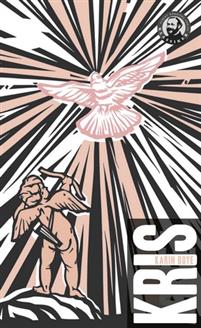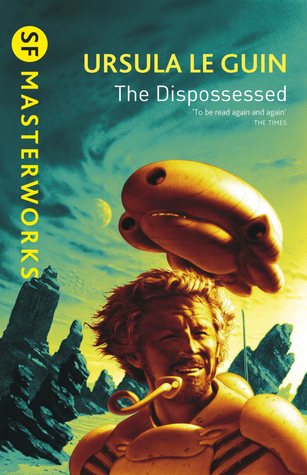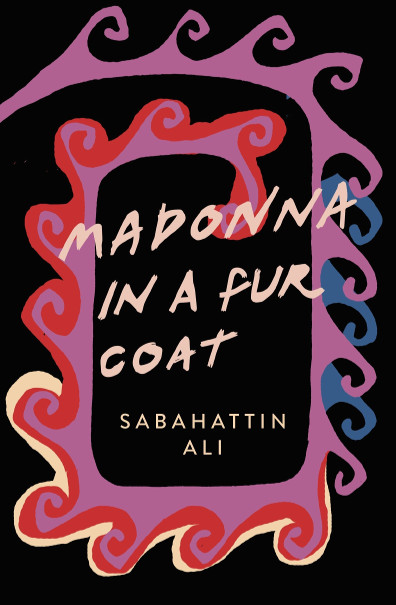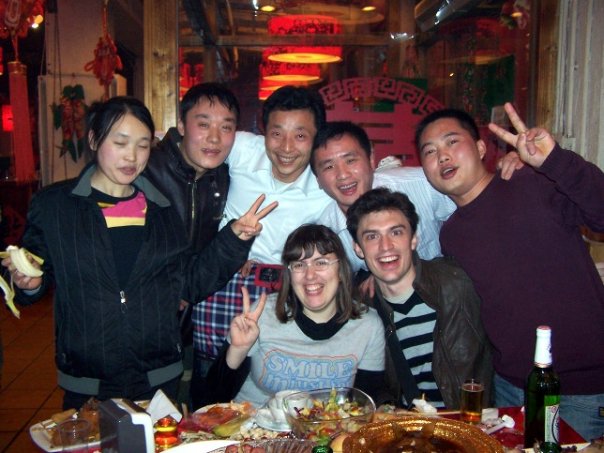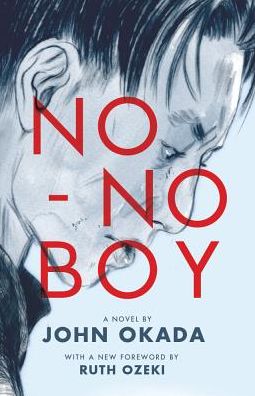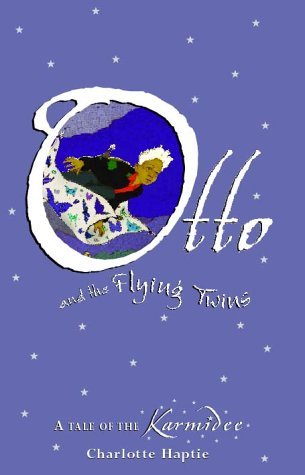I mentioned having reading to do for Feminist Sci-Fi Book Club during my vacation in Austin, and how I finally tackled The Dispossessed maybe a decade after I first tried to read it. The other book on the docket for book club was Elizabeth Bear’s Karen Memory. I finished it in July, but you’re reading this in August, after feminist science fiction book club, because book club gets first dibs on my thoughts!
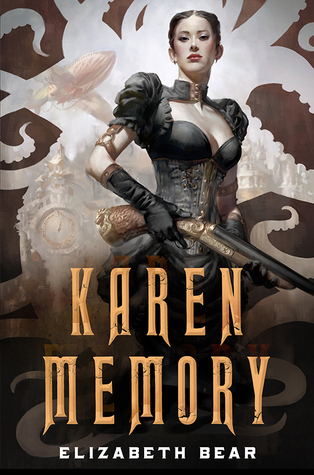
Author: Elizabeth Bear
My GoodReads rating: 3 stars
Average GoodReads rating: 3.73 stars
Language scaling: C2
Plot summary: In a nutshell, Karen Memory is a steampunk Wild West version of Jack the Ripper set in the Pacific Northwest, with international espionage and intrigue thrown in for good measure.
Recommended audience: Steampunk fans
In-depth thoughts: The back of the book features the same summary I just shared above, more or less, and I habitually re-read the backs of books as I read, and even still I was waiting for this to turn into a feminist steampunk version of “Johnny Mnemonic.” Should I have expected that? Obviously not. Was I letting myself get tripped up by the title? Yes, probably. Still, I have to admit to being just slightly disappointed in the book not delivering what I had promised myself it would be.
Elizabeth Bear’s writing is fantastic. Karen has a distinct voice that’s just a lot of fun to read, and the book is worth it for that. This is the first book I’ve read by Bear and I’ll have to find more in the future. But there were a few things that tripped me up, which is why I didn’t give it a higher rating. (I suppose it’s nitpicking to expect the correct dates on radium watch dial painting in a novel that is very clearly a fantastical alternate universe, but it’s my job to be a nitpicker, so I’ll let it bother me.)
A more salient point for EFL readers is that while Bear’s writing and Karen’s voice are distinctive and stylistic, they may be too stylistic for many EFL readers. Karen’s voice employs non-standard grammar and slightly antiquated vocabulary that I can see as being confusing or off-putting (hence such a high language grading). But if you’re a very committed steampunk fan, it’s well worth the effort it might take to adjust to the language.

